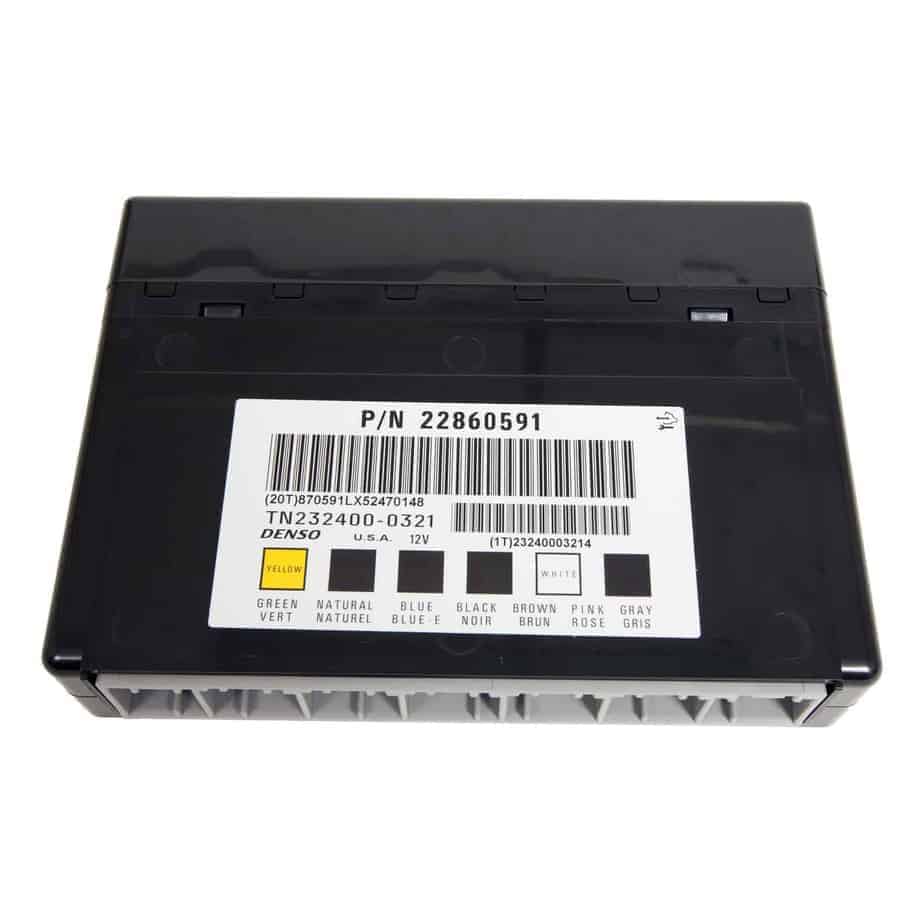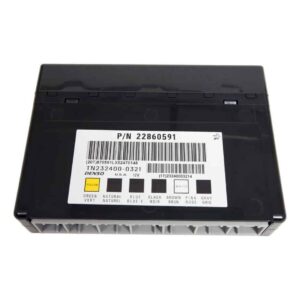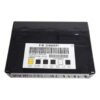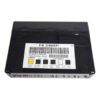Restore Control and Eliminate Electrical Gremlins
Are you chasing bizarre electrical issues in your 2006-2013 Chevrolet Impala? Flickering interior lights, malfunctioning power windows, a security system that has a mind of its own, or an intermittent no-start condition can all point to a single culprit: a failing Body Control Module (BCM). As the central command center for your vehicle’s body electronics, a faulty BCM can create a cascade of frustrating and unpredictable problems. This replacement BCM is the definitive solution, arriving pre-programmed to your vehicle’s specific VIN with the latest GM software updates. This eliminates the need for expensive dealership programming, getting you back on the road quickly and affordably.
A Technician’s Notebook: The Case of the Haunted Impala
I remember a 2011 Impala that came into my bay with a list of symptoms that sounded like something out of a ghost story. The owner reported the dome lights would pulse randomly, the radio would shut off, and occasionally, the car just wouldn’t crank. He’d already replaced the battery and checked the alternator. A scan showed a slew of U-codes (communication errors) but nothing consistent. In my 20+ years of experience, these ‘poltergeist’ issues almost always trace back to the BCM. After confirming power and ground at the module were solid, we knew the internal logic was failing. Installing a VIN-programmed 2006-2013 Impala BCM like this one resolved every single issue in one go. It’s a common failure, but thankfully, a straightforward fix.
Is Your Impala Showing These Common BCM Failure Symptoms?
- ✔ Erratic or non-functional power windows, door locks, and mirrors.
- ✔ Interior or exterior lights flickering, staying on, or not working at all.
- ✔ The anti-theft or security light flashing, preventing the car from starting.
- ✔ Intermittent no-crank, no-start conditions, even with a good battery.
- ✔ Warning lights on the dashboard (like ABS or Traction Control) appearing without a clear cause.
- ✔ Communication error codes (U-codes) stored in the vehicle’s computer system.
- ✔ Wipers operating incorrectly or not parking in the correct position.
Your Straightforward BCM Installation Guide
Replacing the BCM on your Impala is a manageable job for a DIY enthusiast. The module is typically located on the left (driver’s) side of the dashboard. Follow these general steps for a successful installation:
- Safety First: Always disconnect the negative terminal from your car’s battery and wait a few minutes before starting work.
- Locate the BCM: On most 2006-2013 Impalas, you’ll find the BCM under the driver’s side dashboard, often near the steering column. You may need to remove a lower dash panel for access.
- Disconnect and Remove: Carefully unplug the electrical connectors from the old BCM. They have locking tabs that need to be depressed. Once disconnected, unbolt or unclip the module from its mounting bracket.
- Install the New Module: Mount your new, pre-programmed BCM in the same location and securely reconnect all electrical connectors. Ensure they click into place.
- Reconnect Power: Re-attach the negative battery terminal.
- Post-Installation Checks: Start the vehicle and test all body functions—lights, windows, locks, wipers, etc. Note that some additional procedures may be required as outlined below.
Important Post-Installation Procedures
Because this 2006-2013 Impala BCM is the central hub for many systems, a couple of follow-up steps may be necessary depending on your specific vehicle:
- Airbag System Sync: If the airbag warning light is illuminated after installation, a professional scan tool is needed to perform the ‘Setup SDM Primary Key in BCM’ procedure. This syncs the BCM with the airbag system.
- Brake Pedal Position Relearn: To ensure proper brake light and traction control operation, a brake pedal position sensor recalibration might be required. This can often be done with a high-end diagnostic tool.
Disclaimer: Vehicle systems vary. Always refer to a factory service manual or consult with a qualified mechanic for procedures specific to your vehicle.
Verified Vehicle Compatibility
This Body Control Module is a direct replacement for a wide range of GM vehicles and part numbers. Please verify your original part number against this list. This module is guaranteed to be a fit for the following part numbers:
Compatible Part Numbers: 10382479, 15093910, 15276271, 15299986, 15819552, 15828601, 15837419, 15872388, 15872421, 15880684, 15921352, 15921353, 15948438, 15948439, 20815898, 20839063, 20864767, 20864768, 20921435, 20921436, 20935349, 22860591, 25826124, 25826125, 25847588, 25847589, 25892622, 25910474, 25934762, 25934763, 95151084
Fits Models Including:
- ✔ 2006-2013 Chevrolet Impala
- ✔ 2007-2012 GMC Acadia
- ✔ 2008-2013 Cadillac CTS
- ✔ 2007-2009 Chevrolet Equinox & Pontiac Torrent
- ✔ 2006-2007 Chevrolet Monte Carlo
- ✔ 2008-2012 Chevrolet Express & GMC Savana Vans
- ✔ And many other GM models as listed in the full fitment chart.
Do I need to do any programming myself?
Do I need to do any programming myself?
No. We handle all the programming for you before shipment. Simply provide your vehicle’s VIN during checkout, and the module will arrive loaded with the latest GM software, ready for installation.
Is there a core charge or do I need to send my old BCM back?
There is absolutely no core charge. You can keep your old module, which saves you the time and expense of return shipping.
What tools do I need to replace the 2006-2013 Impala BCM?
Basic hand tools are typically all that’s required, such as a socket set and a trim removal tool to access the BCM under the dash. No special electronic tools are needed for the physical installation.
Will this fix my ‘Service Theft System’ message?
In many cases, yes. The BCM is integral to the Pass-Key/Passlock anti-theft system. A failing BCM is a very common cause of security system errors and no-start conditions. This module is programmed to work with your existing keys.
What if the airbag light comes on after I install it?
This is a known possibility. It simply means the new BCM needs to be electronically ‘introduced’ to the airbag module (SDM). This requires a ‘Setup SDM Primary Key in BCM’ procedure, which can be performed by a repair shop with a professional-grade diagnostic tool.



